Have You Been Visited by the Green Fairy? Invented in Switzerland in the 18th century, absinthe was made famous by the the artists of Paris during the Belle Epoche, a historical time when art and fame went hand in hand – lasting from the final quarter of the 19th century to the early years of the 20th. Writers and artists like Van Gogh and Ernest Hemingway loved the green fairy – and other abused substances, no doubt – as its strange effects helped to foster creativity. Hallucinations, imaginings, complete blacked-outedness, these were all the fun things that would supposedly happen to you when you drank absinthe.
America Falls for the Fairy
It didn’t take long for this boozy trend to be picked up overseas and enjoyed by other creative types in the US- until 1915, when absinthe was banned in the States. Something about the side effects of the spirit, which were deemed hallucinogenic and addictive, made people wary. Thujone, a chemical compound found in absinthe, was believed to be the culprit for all the strange trippy visions absinthe drinkers claimed to have. However, like most turn-of-the-century scientific discoveries, the amount of thujone in absinthe and the spirit’s hallucinogenic properties were later discredited. Other than its being a potential contributor to alcoholism (it is, after all, made of alcohol), absinthe isn’t known to cause any of those unusual psychic symptoms those old timey artists claimed it did. The problem was probably that they simply drank too much.
Fast forward through Prohibition (thank god) and then another 74 years to 2007, when the ban on absinthe in the US was lifted. At this point, thujone content in the spirit was regulated, thus giving distillers a chance to put this unusual beverage back on the market.
Absthine, Re-imagined
Waiting patiently at the front of the line was St. George Spirits in Alameda, California. Once the ban was lifted, the distillery was ready to produce the first legal American absinthe. That’s because head distiller Lance Winters had been perfecting (but not selling) his recipe for 11 years.
Thus was born St. George Absinthe Verte, the first American absinthe to be sold legally since the 92-year ban was lifted, and it’s still sold today. Rather than associating that particular spirit with the psychedelic imagery that was popular over 100 years ago, St. George opted for an apothecaric personality. It’s crafted with “real botanical ingredients,” which include wormwood (a must), star anise and fennel. Then (get ready), there’s an infusion of mint, tarragon, opal basil, lemon balm, hyssop, meadowsweet and stinging nettles. Herbs are the star of this unique spirit that put St. George on the map.
Go There
A visit to the St. George tasting room is imperative if you’re a spirits aficionado. Or, if you just like spirits. Or like drinking at all, really. The no-kids-allowed experience includes an in-depth tour of the facility and a tasting of some of the finest craft spirits in the country. And, the distillery looks out over the San Francisco Bay with amazing views of the city.
At your tasting, be sure to request the Absinthe Verte to see the unusual presentation. Absinthe is poured into the glass before a large ice cube is dropped inside. Within moments, you’ll begin to see a small cloud forming within the liquid, changing the clear spirit to milky. The louche, as it’s called, helps bring out the botanical flavors even more, intensifying the herbal notes and strong anise and fennel flavors.
Then, drink. Just don’t blame us if you start to imagine things.

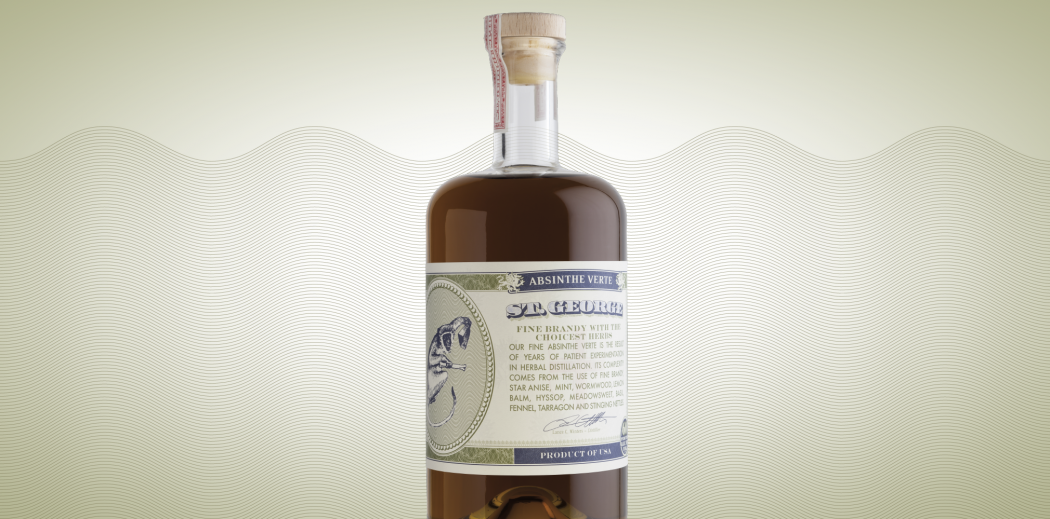
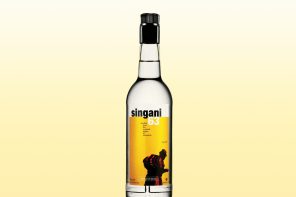
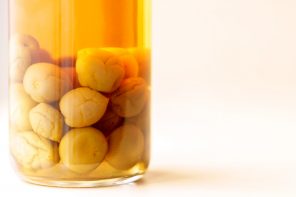
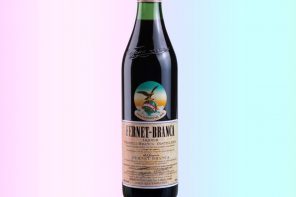

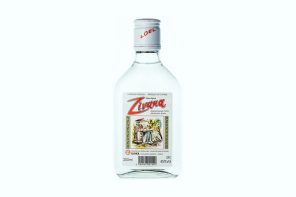

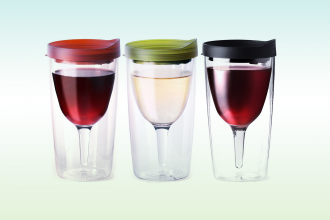
In Prague a few years ago and met a friend heading to ride the Trans-Siberian train. He had a ticket – and some smoking delights from Amsterdam festival. Sooo … we sat around for an evening mixing some smoke with a bottle of true Absinthe. We invoked the spirits of Gauguin, Cézanne and Toulouse-Lautrec, It was an evening of high fun and it left a fine Post-Impressionist memory. Besides – anything that can make you blind and insane can’t be all bad, n’est-ce pas?